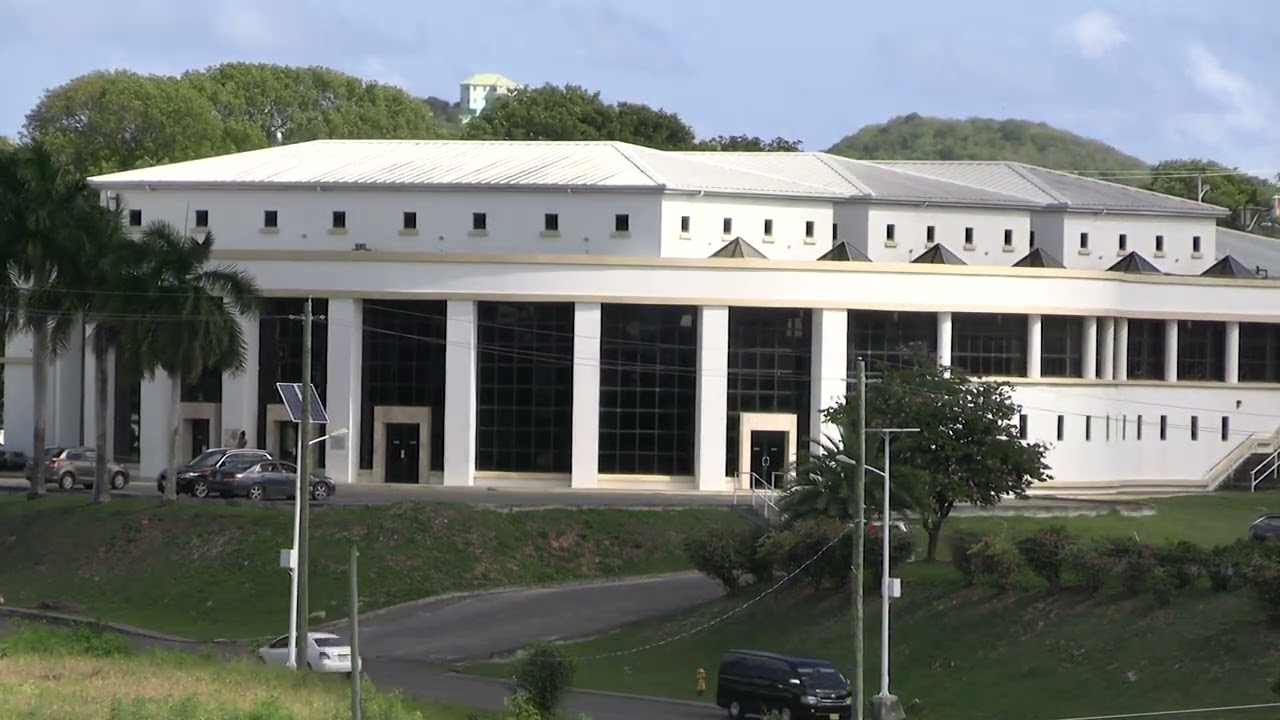FREDERICKSBURG, Va. (RTW) — Voter concerns over rising utility bills are driving political discourse in Virginia and New Jersey, indicating potential electoral ramifications in the upcoming governor's races.
At a recent town hall in Virginia, resident Kim Wilson expressed frustration over her steadily climbing electricity costs, remarking on the event titled “The energy bills are too damn high.” In New Jersey, Herb Michitsch shared his similar experience with skyrocketing bills that now exceed $400 monthly from a modest amount decades ago.
While both states acknowledge the need for intervention, the pathway divides party lines. Democratic candidates prefer embracing renewable energy sources like wind and solar, contrasting sharply with Republican nominees who lean toward traditional energy sources such as natural gas and coal.
Democratic nominee Mikie Sherrill in New Jersey is pushing for measures to lower utility costs, whereas Republican Jack Ciattarelli blames the hike on Democratic policies over the past eight years.
As demand for electricity increases, particularly due to burgeoning data centers and energy-intensive technologies like artificial intelligence, politicians are grappling with the complexities of energy policy.
In Virginia, a debate unfolded between Democratic candidate Abigail Spanberger and Republican Winsome Earle-Sears. Spanberger’s vision includes expanding renewable energy at underutilized locations, while Earle-Sears critiqued the reliance on solar and wind without considering energy reliability.
Polling data shows that a significant percentage of U.S. adults regard electricity bills as a major stressor, leading to heightened campaign focus on energy affordability. With energy businesses and advocacy groups influencing candidates, the outcomes of these races may unveil voter sentiments towards clean energy versus traditional energy security.
As both parties prepare for the possibility of national ramifications, the debate over energy affordability appears set to grow, marking a pivotal point for candidates and voters alike in shaping a sustainable energy future.


















